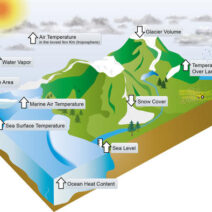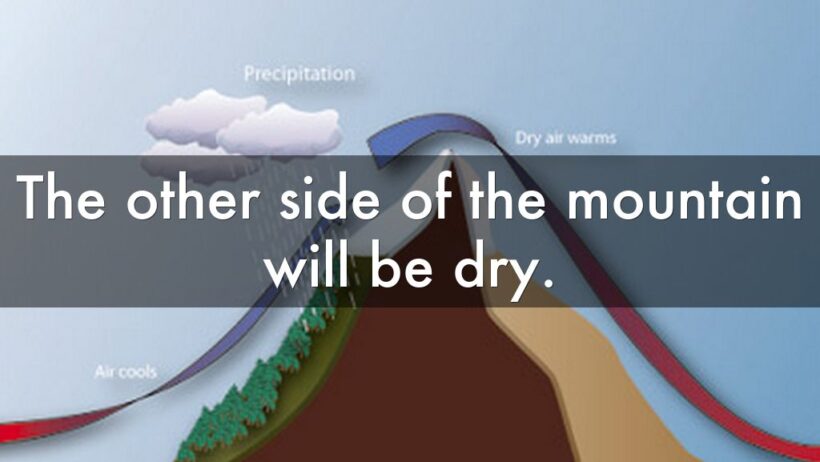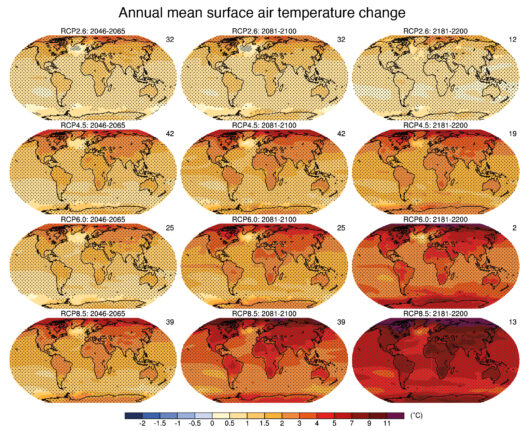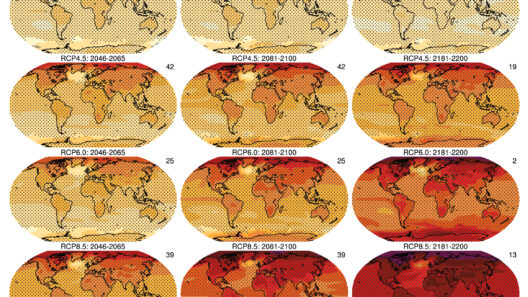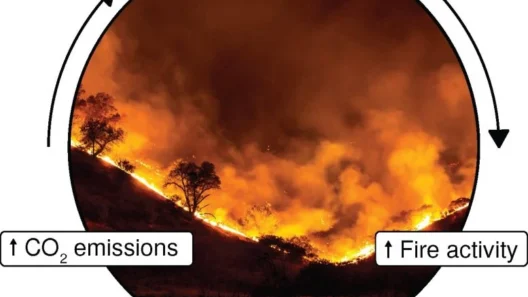The specter of climate change looms ominously over the world, raising a harrowing question: will climate change starve the world? As global temperatures rise and weather patterns shift unpredictably, the implications for food security are profound and alarming. This article delves into the intricate interplay between climate change and food systems, exploring the underlying factors that put global nourishment at risk while considering not just the immediate effects, but the long-term ramifications that could unfold.
Food security is fundamentally intertwined with agricultural productivity, which is increasingly vulnerable to climatic fluctuations. A variety of factors contribute to this vulnerability: changing precipitation patterns, escalating temperatures, and the increasing frequency of extreme weather events, such as droughts and floods. Each of these elements not only disrupts the delicate balance of agricultural ecosystems but also exacerbates existing vulnerabilities, particularly in regions heavily dependent on rain-fed agriculture. Thus, while climatic anomalies are often perceived as isolated events, they can catalyze catastrophic declines in crop yields, leading to food shortages and heightened malnutrition.
Taking a closer look at the phenomenon of droughts reveals a complex web of causation. The absence of sufficient moisture in the soil directly affects crop growth, stunting the development of essential grains and legumes. Moreover, drought conditions can also destabilize entire farming communities, leading to economic devastation and forcing farmers to abandon their lands. Consequently, lands that were once productive may render communities unable to sustain both their populations and livelihoods, paving the way for increased migration and social instability.
Furthermore, flood events present another formidable challenge to global food security. These cataclysmic occurrences can obliterate established crops, erode soil integrity, and disrupt supply chains. As seen in regions such as South Asia, where monsoons have become more erratic, farmers grapple with a heightened level of uncertainty that hampers their ability to plan and cultivate effectively. Crop insurance, while a safety net, may not suffice to compensate for the psychological toll and long-term ramifications of losing entire seasons worth of work due to flooding.
Rising temperatures, particularly in the tropics, add another layer of complexity to the food security equation. Heat stress can severely diminish crop yields, affecting key staples such as wheat and maize. Additionally, persistent high temperatures have been linked to increased pest infestations, which further compromises agricultural outputs. In this context, even as some northern regions may experience extended growing seasons, the overall impact of temperature increases may lead to devastating production declines, creating an imbalance in global food systems.
In the realm of fisheries, climate change exerts significant pressure as well. Ocean acidification, driven by elevated carbon dioxide levels, alters marine ecosystems, disrupting fish populations and their breeding cycles. As coastal communities worldwide rely heavily on sustainable fishing for both sustenance and economic opportunity, the devastating effects of climate change on marine biodiversity pose serious threats to food security. Aquaculture, while an alternative, is not without its challenges; water quality and disease prevalence are directly influenced by climatic conditions, making it a precarious endeavor.
The consequences of climate change extend far beyond immediate food production issues. The socio-economic ramifications are also significant. According to the World Food Programme, approximately 690 million people on Earth are already affected by hunger, a figure that is likely to escalate as climatic demands intensify. Marginalized populations, particularly in developing nations, face the brunt of these pressures. Limited resources, poor infrastructure, and inadequate access to technology trap vulnerable communities in a cycle of food insecurity, exacerbating existing inequalities and diversifying the challenges faced in combating hunger.
In examining these issues, one may wonder about the broader societal and policy implications. As governments grapple with the exigencies of climate-induced food insecurity, there is an urgent need to implement adaptive strategies to bolster resilience. This includes investing in sustainable agricultural practices, developing drought-resistant crop varieties, and enhancing agro-forestry systems, thereby ensuring agricultural landscapes are maintained amidst climatic turmoil. A proactive approach to food security recognizes that interconnection between ecosystems and human welfare is critical for long-term sustainability.
Moreover, concerted global action is required to mitigate climate change as a precursor to addressing food security. International cooperation, evidenced by accords such as the Paris Agreement, serves as a framework for collective action. However, mere commitments are insufficient without tangible measures to hold nations accountable. Transitioning to renewable energy sources, reducing greenhouse gas emissions, and promoting sustainable land use practices are integral to combating climate change’s adverse impacts on food systems.
Public awareness and education are also vital components of the solution. As individuals become informed about the connections between climate change and food security, they can advocate for change at local, national, and global levels. Shifting consumer preferences toward sustainable products can catalyze corporations to adopt environmentally friendly practices, fostering an economy that prioritizes ecological stability alongside profitability.
In conclusion, the complex relationship between climate change and food security cannot be understated. The potential for climate change to starve the world hinges on multifaceted interactions between climatic factors and food systems. Urgent action is needed to strategize around agricultural resilience, develop equitable policies, promote sustainable practices, and mitigate climate change comprehensively. The survival of future generations may well depend on our ability to navigate this precarious terrain and ensure that food security is safeguarded against a backdrop of climatic upheaval.

